The difference between winter and summer wetsuits
You may have heard people talk about “summer wetsuits” and “winter wetsuits” before, and wearing the right one at the right time can make a huge difference to your time on the water. On the most basic level, a winter wetsuit is thicker and clearly designed to keep you warmer in colder waters, but there’s more to it than just the thickness of the neoprene. Read on to find out how other features such as the type of stitching and the linings can vary between summer and winter wetsuits.
To browse wetsuits of all thicknesses, head over to our wetsuits page.
Thickness
The most obvious difference is a thicker wetsuit will keep you warmer, as thicker neoprene means more tiny bubbles trapping in air to insulate you. You’ll notice wetsuits always come with a measurement in millimetres, which refers to the thickness of the neoprene, such as 2mm or 3mm. Some wetsuits will have two or even three numbers, such as a 3/2mm or a 5/4/3mm wetsuit.
The first number (always the highest) indicates the thickness of the wetsuit around your torso, where you need maximum warmth to protect your vital organs. The lower numbers that follow will represent the thickness on your extremities, so your legs and arms, where your flexibility is more important than having maximum insulation.
A middle ground wetsuit would be a 3/2. So for a winter wetsuit you’ll be looking for a 4/3mm or more, and for summer opt for just 2 or 3mm of neoprene. For more information on thickness, check out our wetsuit thickness guide.
Seams
Wetsuits are made up of separate panels of neoprene, and the seams where these panels are stitched together are notably less flexible than the panels themselves, as well as being one of the main danger zones for leaks if you get a low-quality suit. There are two main types of stitching that you’ll spot on our wetsuits: flatlock and glued blind stitching (GBS).
Flatlock
This involves laying the edge of one panel over the other and stitching through the neoprene, which creates a really strong and flexible seam. However, this stitching process makes a lot of holes in the neoprene, making it more prone to leaks, meaning you’ll only find this method of stitching on summer wetsuits for warm water surfing, or on cheaper, lower quality wetsuits.
Glued Blind Stitching (GBS)
For winter wetsuits, look for a GBS wetsuit. The process for this kind of seam involves gluing the panels end-on-end together and then stitching them on the inside, but without going fully through the neoprene to the outside of the panels. This means there are no needle holes going right through the neoprene, resulting in a seam which is watertight as well as flexible. This is great for cold water surfing, and is the style of seam found on high quality, winter wetsuits, as it is a little trickier to do, but well worth paying the extra for.
Sealing seams
To increase the strength of a winter wetsuit’s seams and make it more watertight, you’ll see some seams have been sealed in one of the following ways.
- Glued seams are glued together before stitching (similar to GBS), creating a better waterproof seal.
- Taped seams have tape glued to the inside of the seam for additional reinforcement. Some wetsuits will just have this in the critical areas which require the extra strength most, whereas higher quality suits will have fully taped seams, so all of the seams have the reinforcement.
- Liquid taped wetsuits have the maximum level of seam seal, where a liquid rubber is applied to the seam, making it totally waterproof.
Linings
Though neoprene is the key feature for providing insulation, in recent years, surf brands have been pushing the boundaries of wetsuit technology with the linings they have been using in their suits. This has resulted in wetsuits which are more comfortable, much warmer, and faster drying. Some brands have created their own unique iconic linings to improve their suits, such as the Flash lining from Rip Curl, and the Furnace lining from Billabong, which now incorporates graphene to increase its thermal properties – find out more about the Furnace Graphene lining.
Generally, you will only see these linings on winter wetsuits, as warmer waters won’t require the additional lining that can be almost fleecy in some brands. Your budget and requirements will determine how much of the lining your suit has – some will just have a front and back lined panel, whereas some of the more expensive suits for really cold water are fully lined.
Coverage
The final thing to look out for when choosing between summer and witner wetsuits is the amount of coverage you require. It goes without saying that for winter you’ll be needing a full suit, so long arms and legs. For summer though, there’s a few options, and it’s largely down to preference.
Full length
All winter wetsuits will be full suits, and some may come with the option of a hood attachment too. For summer, you could still opt for a full suit in a 3/2mm thickness if you feel the cold, although you may get a bit warm at times and you definitely won’t catch a tan.
Shorty
A shorty wetsuit typically has short sleeves and short legs, meaning you keep the insulation around your core. There’s also the option of long legs and short sleeves, or short legs and long sleeves, so think about where you feel the cold most, and where you need the flexibility.
Long john
A long john wetsuit has long legs but no sleeves, so a tank top style upper half. This gives you a lot more flexibility in your arms, making it great for watersports which require a lot of arm and shoulder movement, such as sailing or paddle boarding.
Short john
A short john wetsuit, similar to a long john, features a sleeveless design, providing a tank top style upper half. However, the short john differs in that it has short legs, typically ending above the knee. This design offers even more freedom of movement compared to the long john, making it ideal for activities where both upper body and leg mobility are crucial. Watersports like kayaking, wakeboarding, and surfing can greatly benefit from the short john's design, as it provides insulation while ensuring minimal restriction to the arms and legs. The shorter leg length also makes it easier to put on and take off, and it can be more comfortable in warmer waters where full leg coverage isn't necessary.
Spring suit
Spring suits are generally for the ladies (sorry boys), with a shorter cut or bikini style bottom and the option of different sleeve lengths. This style of suit is great for providing extra insulation for your core and a bit of protection from any windchill, as well as doubling up as a rash guard.
Summary
Winter wetsuits
- 3/2mm or above
- GBS seams
- Taped seams are beneficial
- Additional lining
- Full length
Summer wetsuits
- 3mm or below
- Less need for GBS seams
- Taping only needed for durability
- No lining required
- Shorter styles available
Don’t forget, “summer” and “winter” are generally used to differentiate between cold water and warm water wetsuits. If you’re surfing in Hawaii over the winter, you probably don’t need a 6mm winter wetsuit with a hood, likewise, summer in Scandinavia still won’t be warm enough for a spring suit! For more advice on this, have a read of our guide to wetsuits for global destinations.
Shop our full range of wetsuits
Updated on 30th July 2024
Originally published on 29th October 2018 in Wetsuit Guides











































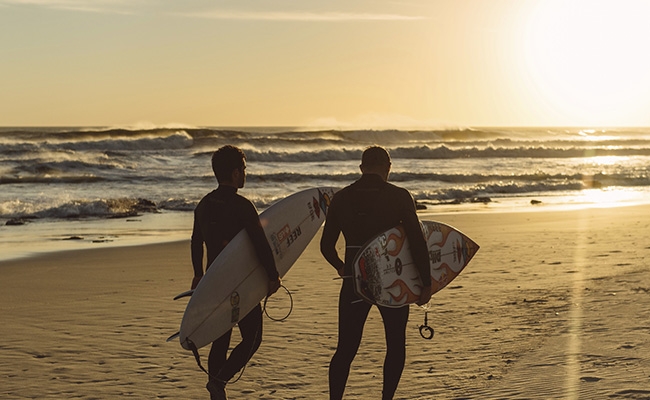



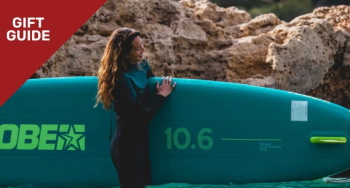

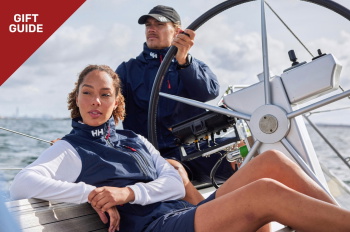

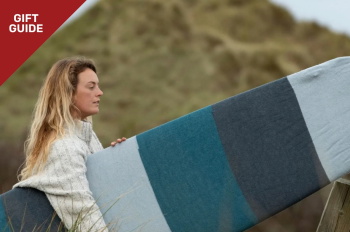
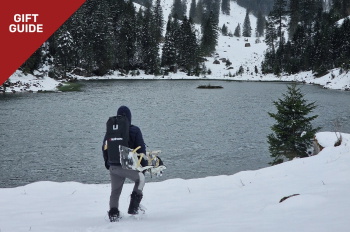
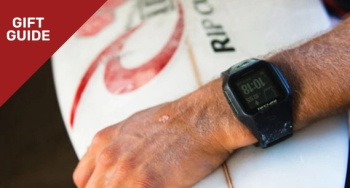
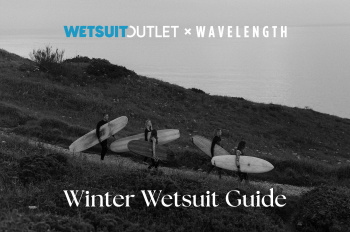

 Visit the US site
Visit the US site  Continue to DE
Continue to DE